Chiral resolution, also known as enantiomeric resolution, is a stereochemical technique that separates racemic substances into their enantiomers. It is a critical tool in the manufacture of optically active molecules, including medicines. Optical resolution is another phrase for the same thing. The downside of using chiral resolution to generate enantiomerically pure molecules is that at least half of the beginning racemic mixture must be discarded. One method of eliminating this waste is asymmetric synthesis of one of the enantiomers. The most typical approach for chiral resolution includes reacting the racemic mixture with chiral derivatizing agents, also known as chiral resolving agents, to produce a pair of diastereomeric derivatives. The derivatives are then separated by conventional crystallisation and converted back to the enantiomers when the resolving agent is removed. The method can be time-consuming and is dependent on the diastereomers' differential solubilities, which are difficult to anticipate. The less soluble diastereomer is frequently targeted, while the other is discarded or racemized for reuse. It is typical practise to test several resolving agents. A typical derivatization reaction includes the production of a salt between an amine and a carboxylic acid. The pure enantiomer is then obtained by simple deprotonation. Tartaric acid and the amine brucine are examples of chiral derivatizing agents. Louis Pasteur (again) established the technique in 1853 by resolving racemic tartaric acid with optically active (+)-cinchotoxine.

Stanislaw Dzwigaj
Sorbonne University, France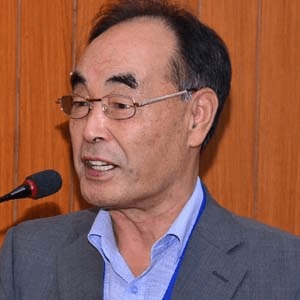
Dai Yeun Jeong
Asia Climate Change Education Center, Korea, Republic of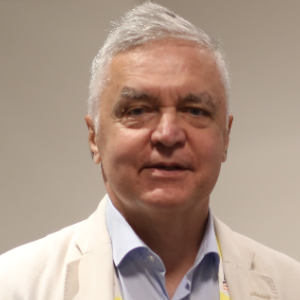
Sergey Suchkov
N.D. Zelinskii Institute for Organic Chemistry of the Russian Academy of Sciences, Russian Federation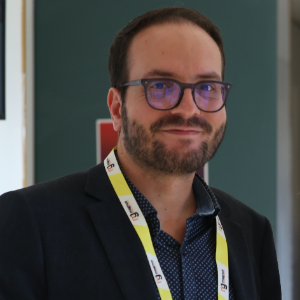
Enrico Paris
CREA-IT & DIAEE, Italy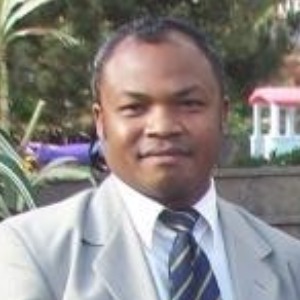
Rabeharitsara Andry Tahina
GPCI-ESPA Antananarivo University, Madagascar
Jiri Dedecek
J Heyrovsky Institute of Physical Chemistry , Czech Republic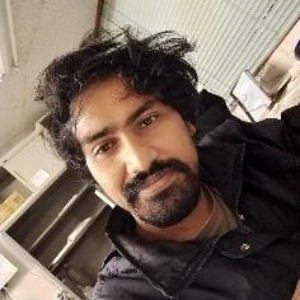
Uday Som
Research and Development Engineer, Japan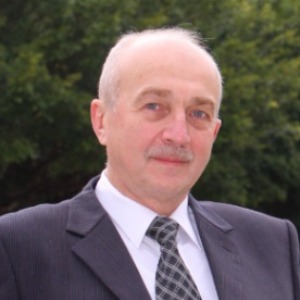
Vladimir G Chigrinov
Hong Kong University of Science and Technology, Russian Federation



Title : Distant binuclear vanadium V(II) cationic sites in zeolites and their reactivity
Jiri Dedecek, J Heyrovsky Institute of Physical Chemistry , Czech Republic
Title : Advanced nanostructures for carbon neutrality and sustainable H₂ energy
Tokeer Ahmad, Jamia Millia Islamia, India
Title : Personalized and Precision Medicine (PPM) as a unique healthcare model via bi-odesign, bio- and chemical engineering, translational applications, and upgraded business modeling to secure the human healthcare and biosafety
Sergey Suchkov, N.D. Zelinskii Institute for Organic Chemistry of the Russian Academy of Sciences, Russian Federation
Title : Antibody-proteases as a generation of unique biomarkers, biocatalysts, potential targets and translational tools towards nanodesign-driven biochemical engineering and precision medical practice
Sergey Suchkov, N.D. Zelinskii Institute for Organic Chemistry of the Russian Academy of Sciences, Russian Federation
Title : Dimethyl ether synthesis from syngas over Cu-Zn/Al2O3 catalysts prepared using the Sol-Gel method
Uday Som, Research and Development Engineer, Japan
Title : Influence of various catalysts on H₂ enhancement and CO2 capture during syngas upgrading
Enrico Paris, CREA-IT & DIAEE, Italy
Title : Photoaligned azodye nanolayers : New nanotechnology for liquid crystal devices
Vladimir G Chigrinov, Hong Kong University of Science and Technology, Russian Federation
Title : Application of vanadium, tantalum and chromium single-site zeolite catalysts in catalysis
Stanislaw Dzwigaj, Sorbonne University, France
Title : Advances in heterogeneous catalysis for green conversion of propene to aldehydes and alcohols
Ram Sambhar Shukla, CSIR-Central Salt and Marine Chemicals Research Institute (CSMCRI), India
Title : Oxidation of methane to methanol over pairs of transition metal ions stabilized in the zeolite matrices
Jiri Dedecek, J Heyrovsky Institute of Physical Chemistry , Czech Republic